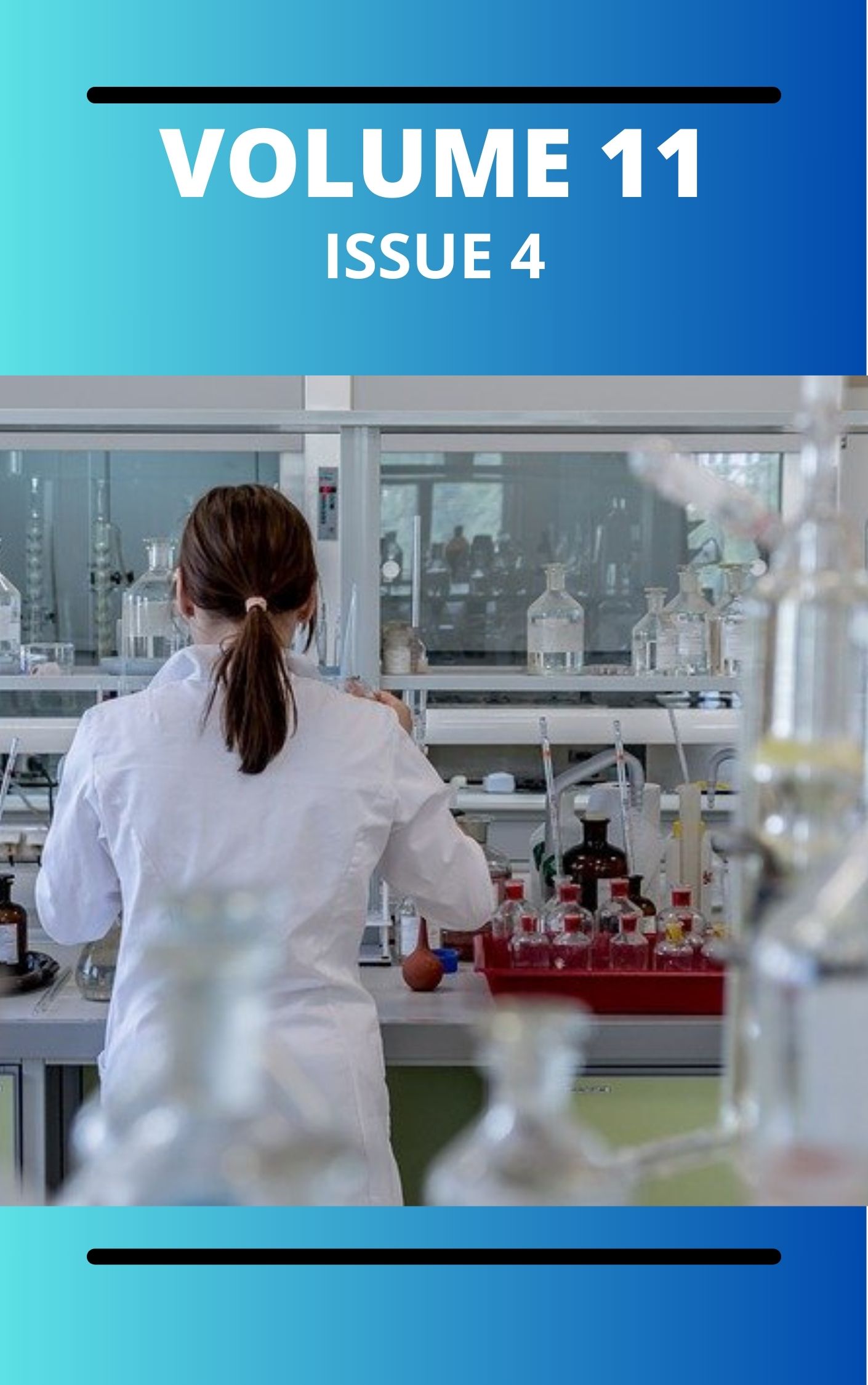Spatio-Seasonal Evaluation of Heavy Metal Pollution, Water Quality, and Ecological Risk in Lake Chad Ecosystem
Keywords:
Heavy metals, Ecological risk, Lake Chad, Water quality, Seasonal variationAbstract
This study presents a spatio-seasonal assessment of heavy metal pollution, water quality, and ecological risk in the Nigerian sector of Lake Chad, focusing on five strategic locations (LC1–LC5) sampled during dry (January–February) and wet (July–August) seasons. Physico-chemical parameters (pH, EC, TDS, DO) and concentrations of heavy metals (Pb, Cd, Cr, Zn, Cu) were evaluated. The results showed that pH values ranged from 6.8 to 8.1, while EC and TDS were elevated during the dry season, indicating concentration due to evaporation. Peak concentrations of Pb (0.15 mg/L) and Cd (0.013 mg/L) were observed at LC3 and LC5 in the dry season, exceeding WHO limits of 0.01 mg/L and 0.003 mg/L, respectively. Pollution indices revealed Igeo values for Pb and Cd ranging from 0.6 to 1.8, indicating moderate to strong pollution. CF values for Cd exceeded 3 at LC5, classifying it as considerably contaminated. PLI ranged from 1.3 to 2.1, confirming pollution across all sites, while RI values indicated considerable ecological risk at LC3 and LC5 (up to 297.9). Pearson correlation (r = 0.88 between Pb and Cd) and PCA implicated anthropogenic sources such as agricultural runoff and industrial discharges. These findings highlight the urgent need for pollution control strategies and sustainable water resource management in the Lake Chad Basin.
Downloads
Published
Issue
Section
Most read articles by the same author(s)
- Tope Oyebade, Chemical Pollutants and Human Vulnerability: An Integrated Review of Environmental Chemistry and Public Health , Communication In Physical Sciences: Vol. 9 No. 4 (2023): VOLUME 9 ISSUE 4
- Tope Oyebade, Samuel Babatunde, Environmental Chemistry of Radioactive Waste Management , Communication In Physical Sciences: Vol. 9 No. 4 (2023): VOLUME 9 ISSUE 4
Similar Articles
- Emeka Chima Ogoko, Nkoli Mgbemana, Kelle Henrietta Ijeoma, Heavy metals contamination of Anambra River , Communication In Physical Sciences: Vol. 6 No. 1 (2020): VOLUME 6 ISSUE 1
- A.O Obioha, Spatial Variability of key climate and air quality parameters across some Nigerian cities , Communication In Physical Sciences: Vol. 12 No. 5 (2025): Vol 12 ISSUE 5
- Okoche K. Amadi, Uloma O. Akoh, Innocent A. Okoro, Egwuobasi Nwabuokechi,, Decontamination of Pb2+, Cd2+ and Ni2+ Polluted Water by Adsorption Unto Butterfly Pea (Centrosema pubescens) Seed Pod , Communication In Physical Sciences: Vol. 6 No. 1 (2020): VOLUME 6 ISSUE 1
- Nde, Ndifreke Bassey, Inyang, Solomon Patrick, Studies on the Levels of Heavy Metal Ions in Stream and Borehole Water within Ibiaku Osuk Settlement, Akwa Ibom State, Nigeria , Communication In Physical Sciences: Vol. 7 No. 3 (2021): VOLUME 7 ISSUE 3
- Elisha Karu, Buhari Magaji, Aishatu Umar Maigari, Fauziyya Aliyu Jibo, Health Risk Assessment of Heavy Metals in Soil Rhizosphere and Onion Bulbs Cultivated in Danbam Farmlands, North East, Nigeria , Communication In Physical Sciences: Vol. 7 No. 3 (2021): VOLUME 7 ISSUE 3
- A. Yahaya, A.A. Abdulbasit, A.D. Onoja, A. Abdulkareem, O.L. Idowu, J. Odoma, V.F. Omale, D. Onuche, R.O. Nayo, J. S. Abimaje, Analysis of Heavy Metals in Roasted Meat (Suya) in Anyigba, Kogi State, Nigeria and their Health Risk Assessment , Communication In Physical Sciences: Vol. 6 No. 1 (2020): VOLUME 6 ISSUE 1
- S. A. Odoemelam, Assessment of Heavy Metal Status of Orashi River Along the Engenni Axis, Rivers State of Nigeria , Communication In Physical Sciences: Vol. 4 No. 2 (2019): VOLUME 4 ISSUE 2
- Aniekan Udongwo, Monitoring, Assessment, and Remediation of Heavy Metal Contamination: Techniques, Strategies, and Policy Frameworks , Communication In Physical Sciences: Vol. 10 No. 3 (2023): VOLUME 10 ISSUE 3 (2023-2024)
- Hauwa, I. Muhammad, Monday Musah, Sheriff Abdulfatai, Heavy Metal Concentrations in Various Species of Onion Bulbs in (Allium Spp.) Lapai Market, Niger State, Nigeria , Communication In Physical Sciences: Vol. 7 No. 2 (2021): VOLUME 7 ISSUE 2
- Emeka Chima Ogoko, Aletan, Uduak Irene, Osu Charles Ikenna, Henrietta Ijeoma Kelle, Nnamdi Ibezim Ogoko, Heavy Metal Status and Health Risks Assessment of Some Local Alcoholic and Non-Alcoholic Beverages Consumed in Aba, Nigeria , Communication In Physical Sciences: Vol. 11 No. 4 (2024): VOLUME 11 ISSUE 4
You may also start an advanced similarity search for this article.




